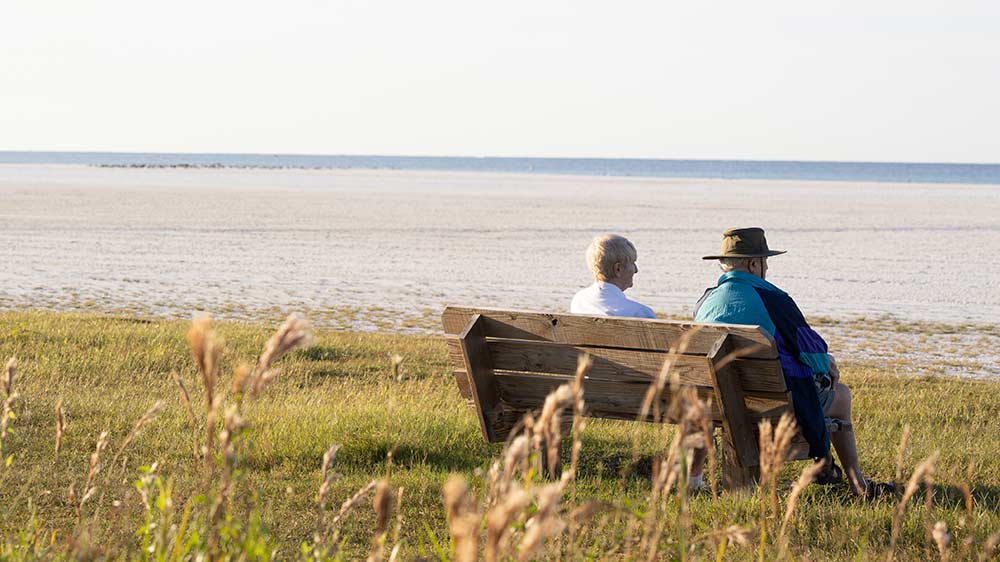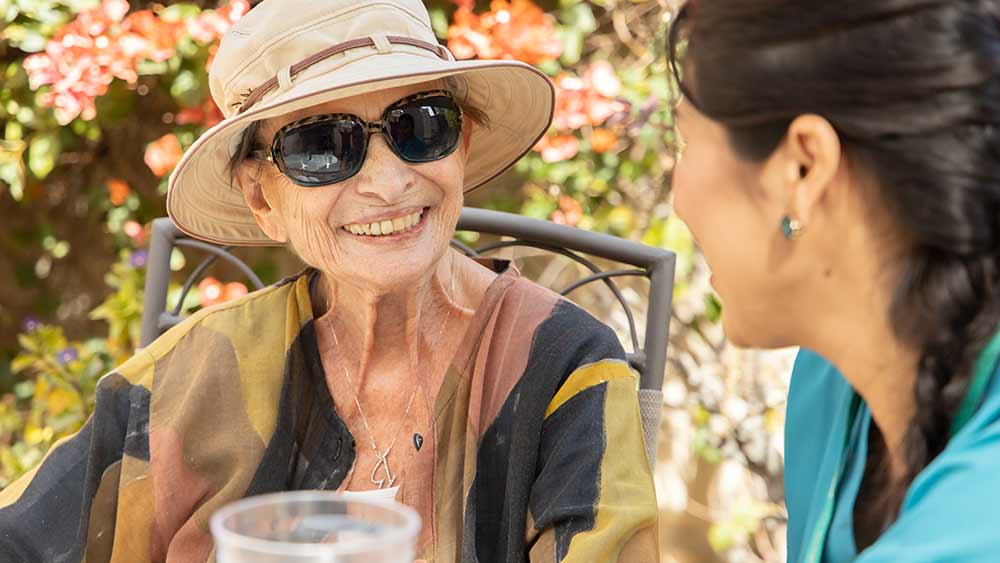

The Eyes Have It: Facts Seniors Should Know About Glaucoma
Poets describe the eyes as the window to the human soul. In practical terms, these optical orbs are our portal for visually discerning the world around us. For the sighted, vision is often taken for granted, even though several medical conditions can cause different degrees of visual impairment as a person ages. Many eye diseases are most prevalent among people over 50, including macular degeneration, cataracts and glaucoma. If left untreated, cataracts and glaucoma can potentially lead to blindness.
Because impaired eyesight is a life-changing experience, protecting and maintaining vision is one of the most important health care matters one can attend to as an older adult.
January Is National Glaucoma Awareness Month
Since January is National Glaucoma Awareness Month, it’s a good time to learn about glaucoma. Glaucoma is a group of conditions characterized by the deterioration of the optic nerve tissue inside the eye. It’s estimated that more than 3 million Americans live with glaucoma, making it one of the major causes of vision loss.
The optic nerve, like so many internal body parts that regulate abilities we unthinkingly depend on, is something we only consider when our vision suffers. An extension of the central nervous system that connects the brain and spine, the optic nerve transmits electrical impulses from the eyes to the brain, where this data gets processed as sensory information that gives us sight. Optic nerve damage is often associated with elevated eye pressure (intraocular pressure).
Increased eye pressure occurs from a buildup of fluid that naturally flows in the eye’s interior. This fluid usually drains through a tissue where the iris and cornea meet. The cornea is critical to vision because it lets light into the eye. When there’s too much fluid, pressure may increase, which in turn restricts light, and thus sight becomes compromised in the form of blind spots.
It should be noted that glaucoma can happen even with normal eye pressure.
Glaucoma Risk Factors and Preventive Measures
Though there’s no sure way to prevent glaucoma, blindness or significant vision loss can be avoided if the disease is diagnosed early enough.
Risk factors for glaucoma increase for those of African descent and for those with one or more of the following chronic conditions: diabetes, migraines, high blood pressure and sickle cell anemia.
People with a family history of glaucoma are at higher risk. So are the extremely nearsighted or farsighted, persons recovering from eye injuries or certain eye surgeries, and heavy users of corticosteroid medicines, especially eye drops.
People with narrow drainage angles are at increased risk of angle-closure glaucoma.
Experts recommend a glaucoma check annually or every three years for persons aged 40 to 54, annually or every two years for persons aged 54 to 64, and every six months or yearly for anyone over 65. If you are at higher risk for any reason, then more frequent screening may be indicated.
Many forms of glaucoma develop without warning signs. The progression can be so gradual that you may not notice a change in vision until the condition is in its later stages. It typically affects side vision first (peripheral vision), and as it progresses, central vision is impaired.
That’s why regular, comprehensive eye exams that include eye pressure measurements are the best prevention against glaucoma damage.
Forms of Glaucoma
The major types of glaucoma include:
- Open-angle glaucoma – There are no symptoms in the early stages, and patchy blind spots gradually emerge in side vision. Later, central vision is affected.
- Acute angle-closure glaucoma – With this form, there is a severe, sudden onset headache and/or eye pain, nausea or vomiting, blurred vision, halos or colored rings around lights, and eye redness.
- Normal-tension glaucoma – There are no symptoms early on with this form; eventually, blurred vision develops. Later, there is a loss of side vision.
- Pigmentary glaucoma – With this, there will be halos around lights and blurred vision with exercise, along with gradual loss of side vision.
Things You Can Do For Eye Health
Experiencing any of the above symptoms, especially if it persists or worsens, should prompt a visit to your primary care physician and to an ophthalmologist for an examination.
Certain medications, including prescribed eye drops, can slow the progression of glaucoma by reducing elevated eye pressure and preventing further damage to the optic nerve. Surgical treatments are also available.
Besides regular eye exams, the Glaucoma Research Foundation suggests other ways to potentially reduce the risk of glaucoma, including:
- Regular moderate exercise (walking, jogging).
- Eating a nutritious diet high in omega-3 fatty acids (salmon, tuna, sardines, halibut), leafy greens (kale, spinach), fruit, nuts and seeds.
- Donning protective eyewear when playing sports or doing home improvement projects.
The foundation’s research has also found possible glaucoma prevention benefits from drinking hot tea and following a diet that includes chocolate, bananas, avocados, pumpkin seeds and black beans. Any diet that helps maintain normal blood pressure and blood sugar helps reduce glaucoma risk. Eating a healthy number of calories and limiting carbohydrates may also benefit the eyes.
How Right at Home Can Help
Right at Home offers in-home care and support for individuals with low vision or blindness. This support can include assistance with meals, dressing and hygiene; medication reminders; and transportation to medical appointments. Use our location finder to contact your local Right at Home and ask for a FREE in-home consultation.







